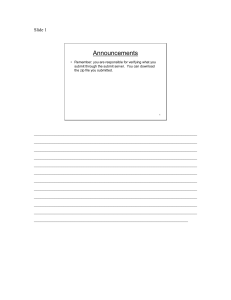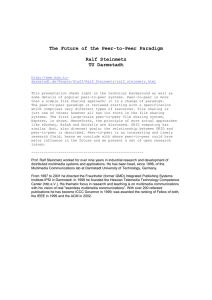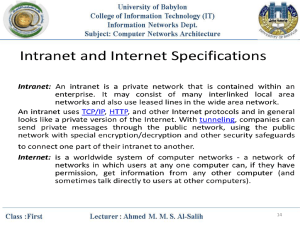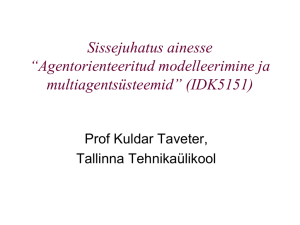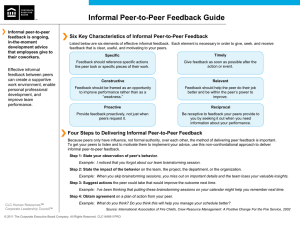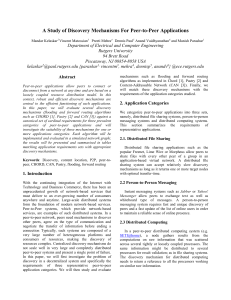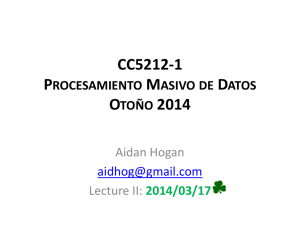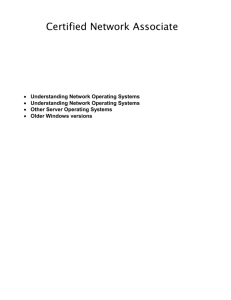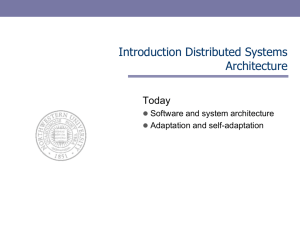catg_ctyf - Connecticut Turning to Youth and Families
advertisement
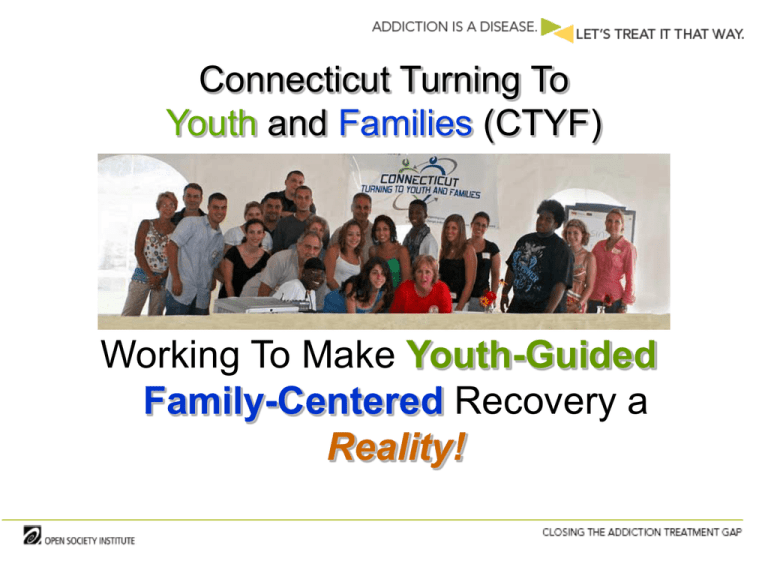
Connecticut Turning To Youth and Families (CTYF) Working To Make Youth-Guided, Family-Centered Recovery a Reality! CTYF INTRO VIDEO The Country Has Moved Towards a Recovery Paradigm Think Sustained Recovery Think Natural Environment for Each Person and Family Supports Think About Linking Addiction Rx with Existing Communities of Recovery Think About Incorporating Strategies for Building Relationships Between Local Communities of Treatment and Local Recovery Support Groups Are You on Board? Or still on the Platform? Are You Closing The Gap By Reconnecting the Treatment Experience to Recovery? What We Do: 1. Peer-Based Recovery Advocacy 2. Connecting With Communities 3. Peer-To-Peer Supports Peer-Based Recovery Advocacy: Increasing awareness of the existence of the millions of youth and families in sustained recovery and promoting the positive impact they can have on our communities and healthcare delivery systems o Methods: Recovery Videos, Online Recovery Stories, Interactive Polling, etc. – “Putting A Positive Face On Recovery” Promoting positive legislation at all levels to widen the door of entry to recovery with a focus more on what happens before and after primary treatment Recovery support across the lifespan and the State (i.e. CTYF & CCAR Work Together, and CTYF Works To Unify The Grassroot Family Voices) Community Connections: “No single family, program or system has the capacity to solve the growing and complex problem of adolescent substance abuse alone. Collaboration at the home, schools, neighborhoods, towns, cities, and state levels must occur to create true systems change for better prevention, treatment and recovery access. We must nurture the supports in areas where they don’t exist now!” – Donna Aligata on Environmental Strategies CTYF Methods: Recovery Film Festivals, Online Community Creation, Mapping Of Existing Youth and Family Recovery Assets, Local Strategic Planning For Community Coalitions, and School-Based Prevention and Recovery Support Peer-to-Peer Supports Lived recovery experience connects peers using the power of lived recovery experience to drive open conversations and messages of hope for recovery Positive peer support fosters culture change and is contagious for tangible or virtual communities Community Example: Families, students and teachers see the results of Central High Schools’ Leadership Group. Yale Consultation Center also has concluded in an evaluation that the peer-to-peer prevention and recovery support program has demonstrated that this model is effective in improving school performance, attendance, and behavior. Sustained recovery is supported and enhanced by peers through social activities, work opportunities, and easier recovery re-engagement should a relapse occur Peers groups create the needed sense of belonging that is even more imperative for young people than adults Peer-Based Recovery Support Models: Harnessing The Power Of “Lived Experience” Youth to Youth Families to Families Sustained Recovery: Youth and Families Together PEER-TO-PEER RESULTS VIDEO Recovery Support Challenges “As We Have Experienced It” Major Challenges We Have Experienced For Moving Peer Recovery Support Forward: o Under-Studied / Under-Funded / Under-Valued o Fragmented Systems (Mental Health and Addictions) Between Children and Adult (Health Care and Enforcement) o Critical Dilema: How do we get the system to re-align itself so Recovery-Oriented Practices are feasible? How to integrate technology efficiencies into the system? Recovery Support Financing Questions: How can fees for service happen to support the growth of peer-to-peer models and positive social media technology? What creative financing strategies can help support a very basic level of infrastructure for growing and implementing more recovery support services? How can we support family involvement when our system bills and focuses on individuals? System Change Is Not For The Timid The Economic Crisis: A catalyst for integrating into your strategies peer-to-peer recovery-oriented transformational practices that cost less and last longer We must create disequilibrium, abandon old ways to remove barriers and promote positive changes Look at technology and social media as an asset not a risk for enhancing service deliveries Think about ways to “contaminate” your projects with peer-driven recovery-oriented practices Communities have fostered recovery for years without system support, the potential for what could happen if the system truly supported recovery is incredible An Interactive Online Recovery Support Experience! www.ctyouthandfamilies.org info@ctyouthandfamilies.org - 860-838-3553

